Victoria Park to Camden on one line: why an iconic East End station had to shut
Victoria Park Station once welcomed hoards of tourists visiting the ‘Peoples Park’ and its legacy lives on with the North London Line.
Once in our East End past you could step out the front door and stroll to Victoria Park Station. From there you would be whisked away to popular Camden without the hassle of an interchange. But an ever-changing East End, the unstoppable rise of cars and dangerous rail conditions forced the station to close. We take a look at Victoria Park Station’s legacy and its fight to keep serving the community.
Silence rings over an empty railway track. The station master who once stood heartily greeting stoic East Enders during World War II directing vital supply lines has vanished. The steady rolling rhythm of passing trains once audible from Victoria Park is a faint echo from our East End past.
The roaring A12 motorway where the station once stood bears no resemblance to the gated entrance that previously greeted locals. The elegant entrance stood on Cadogan Terrace in Bow towards the northeast side of Victoria Park and provided a pleasant, overground journey from East to North London. So why did it shut?
The NLR joined up with the Eastern Counties Railway at Hackney Wick in 1954. Victory in the Crimean War in 1856 merited a ceremony, so Victoria Park Station opened two years later on Wick Road to commemorate the 40,000 Brits who died. Victoria Park Station had opened on a sombre yet victorious note, but unforeseen challenges lay ahead.
Omens were promising for the first station in Hackney Wick, which served as a vital link for the NLR from 1856. The service effectively ran two trains per day from Hampstead Road, now Chalk Farm, via Victoria Park. Peacetime East Enders would have enjoyed peering from carriage windows to see the park and Regents Canal in its tranquil splendour. But fortunes soon changed for the worse.
Frustrated railway users grew tired of unreliable service at Victoria Park Station and its inability to deal with increased traffic. The station looked set to close and the East End held its breath.
Yet this setback did not spell the end of the station, merely a renewal. Victoria Park’s popularity as a tourist destination, with Londoners flocking for weekend walks under its luscious holm oak trees, merited a better station. An improved second station opened on March 1 in 1866, with the entrance on Cadogan Terrace to the park’s northeast. It was an impressive three-storey brick building with a booking house on the ground floor. Leisure-seekers, it seemed, could now enjoy a safe and convenient sojourn to Victoria Park.
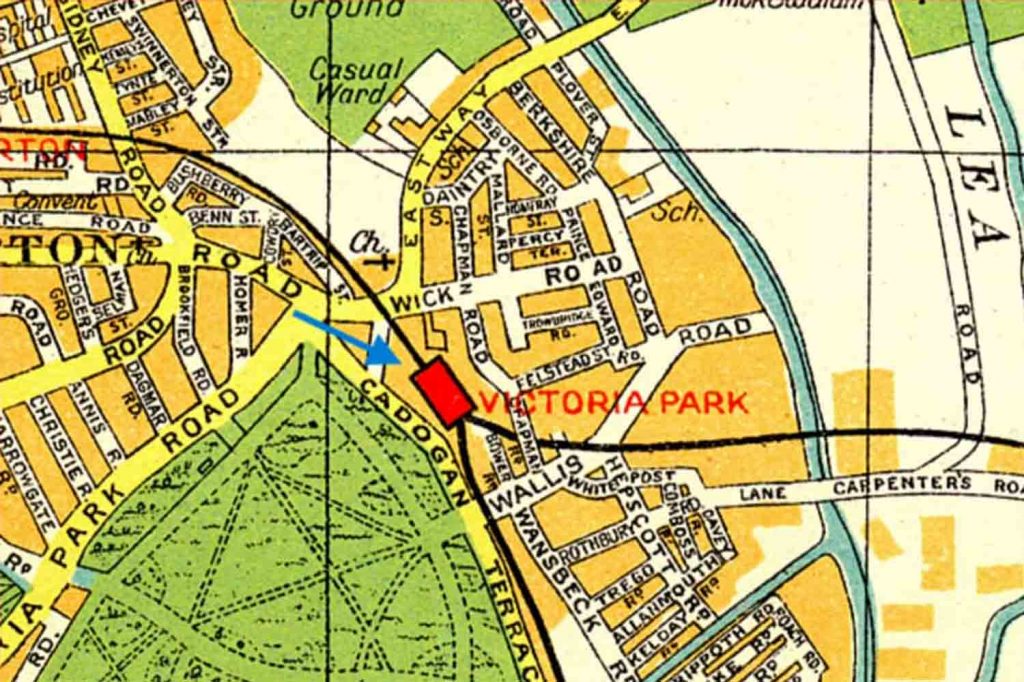
A positive step was taken with the second station, but a darker history was about to be made on the NLR. Thomas Briggs of Clapton, the chief clerk of a bank, became the first person murdered on a train in British history in 1864. Briggs was travelling between Hackney Wick and Bow and was attacked by Franz Muller, a German who fled to New York. Briggs was taken to the Mitford Castle pub, formerly at 129 Cadogan Terrace, where he died from his wounds.
Muller was caught by police and extradited back to the UK, where he was tried at the Old Bailey and subsequently executed. Despite this murky and bloody affair, one positive action came of it. Communication cords allowing passengers to alert train staff were installed for the first time to prevent future crimes.
Service proceeded relatively smoothly thereafter and the line expanded to serve Stratford, Canning Town and as far as North Woolwich by 1895. World War I threatened to destabilise the NLR operating out of Victoria Park Station, but hours were merely reduced from half-hourly to hourly and it continued to serve the East End.
Following the Great War drastic action was needed to save the railways. The Railways Act of 1921 grouped the largest railway companies into ‘The Big Four’ and trains serving Victoria Park Station fell under the remit of the London Midland and Scottish Railway (LMS). The London and North Eastern Railway (LNER) also took over trains previously operated by the Great Eastern Railway. Government intervention had temporarily saved the station, but the onset of World War II landed the fatal blow.
A blitz bomb struck Victoria Park Station on March 20 1941. While not critical, the damage was a fitting omen for the station’s future. The LNER Sunday service to Canning Town was withdrawn on 31 March 1940, as was the weekday service on 1 November 1942. Wartime cuts and dwindling passenger numbers forced Victoria Park Station to close on 8 November 1943. It had endured a long battle and a turbulent history with great spirit, but the time had come.
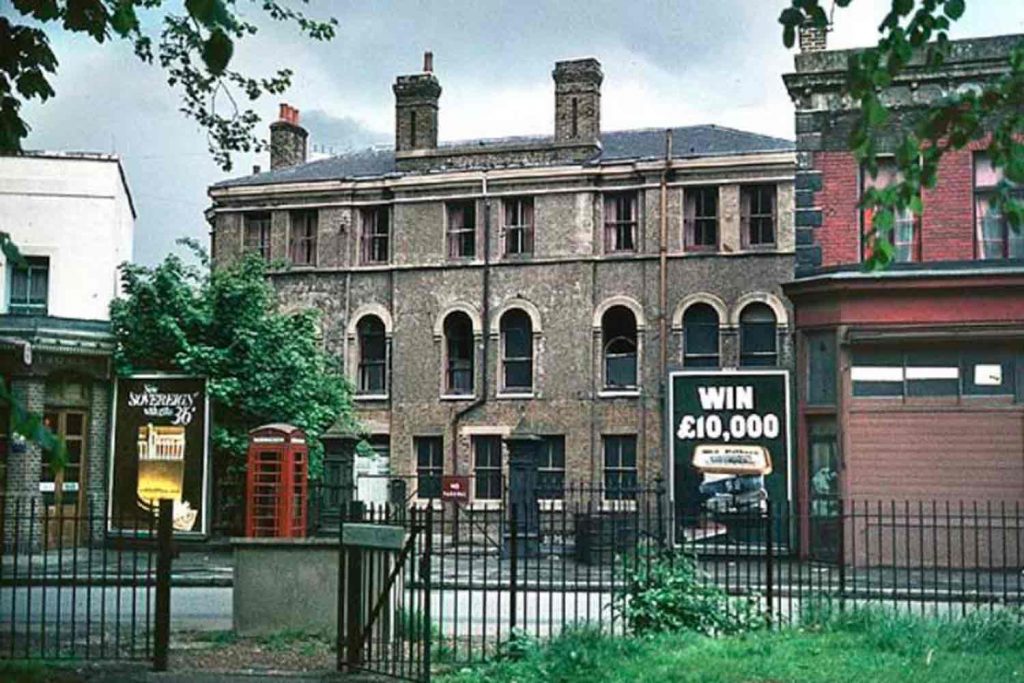
Today nothing remains of the first Wick Road station and private residences that stood there in 1958 have been demolished. The second station off Cadogan Terrace is now part of the busy A12, impossible to notice while motoring along since the road sits underneath the former station.
Despite myriad misfortunes that befell Victoria Park Station and led to its closure, the success of today’s North London Line, or overground, owes to its endurance. Maintenance came at a hefty cost, not helped by two World Wars, but radiant Vicky Park is enjoyed by thousands today and remains an East End gem served by an excellent overground railway.
For another of our heritage pieces read about the history of Bow Church.

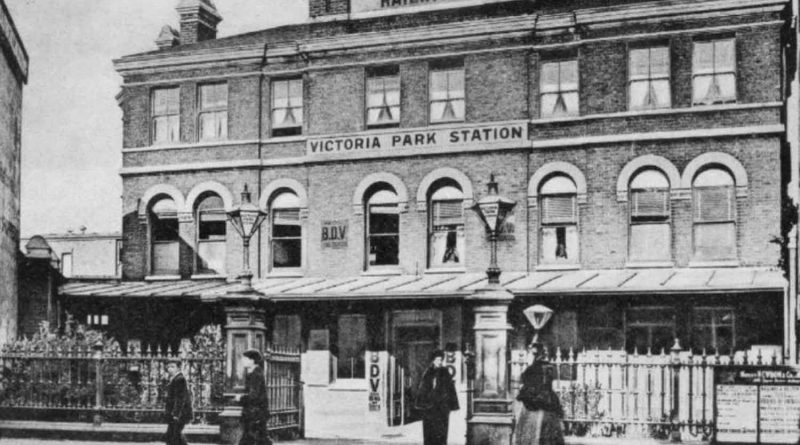

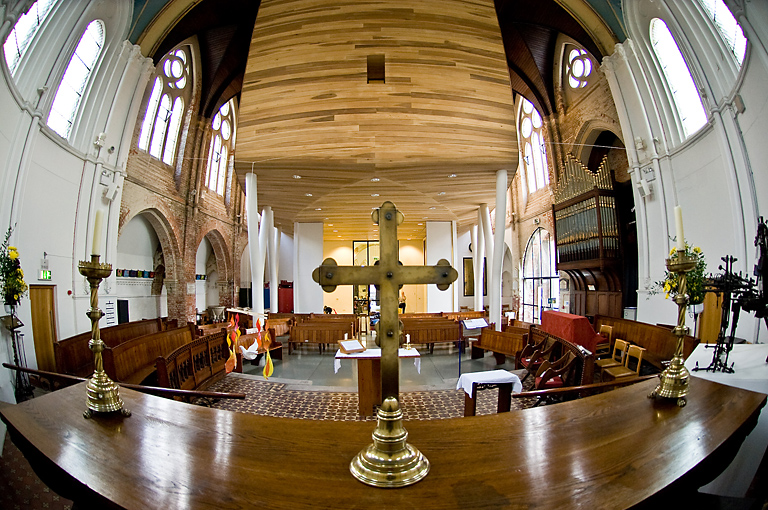
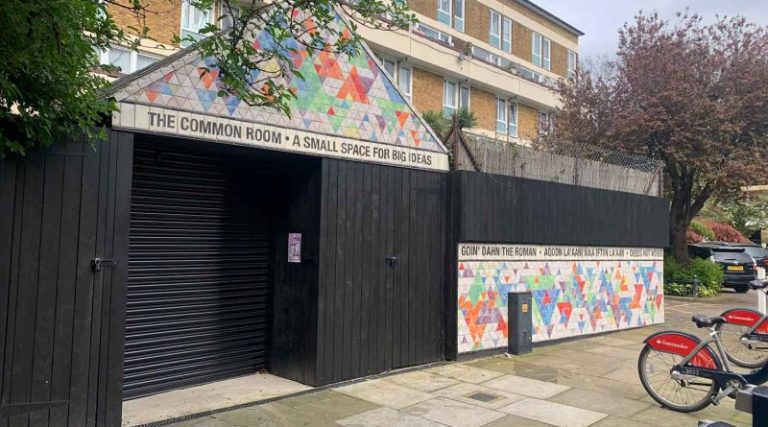
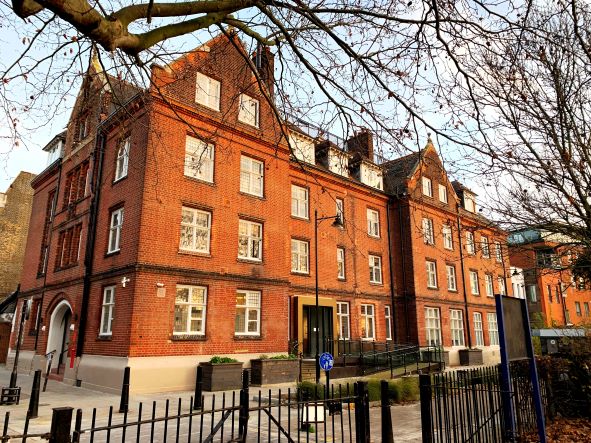

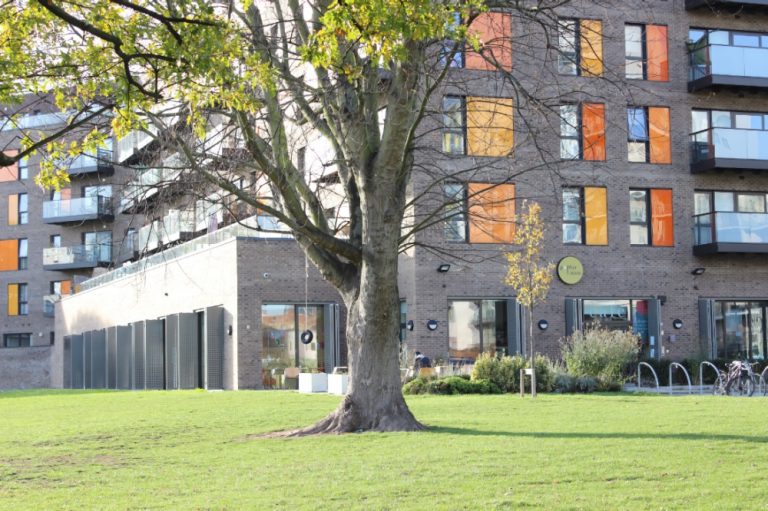
Many thanks for your fascinating account of the rise and demise of Victoria Park Station.
See further Kate Colquhoun’s superbly researched telling of the story in “Mr Briggs’ Hat: A Sensational Account of Britain’s First Railway Murder” (2011).
Such a pity that the developers of the Elizabeth Line did not think to make a station at the intersection of Grove Road and Roman Road, across the road from St Barnabas – an obvious stopping point en route from Liverpool Street to Stratford: it would have served Bow, Bethnal Green & Hackney.